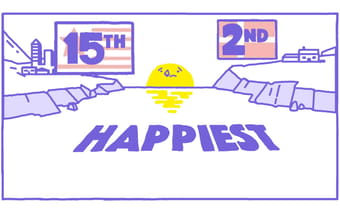Several years ago at Louisiana State Penitentiary in Angola, Leslie Martin was strapped to a table and hooked up to an IV through which a series of chemicals–a sedative, a paralytic and finally a poison–flowed into his veins in order to draw the life out of his healthy, 35-year-old body. He remained very much himself even during his final moments, a sort of death row class clown, telling his lawyer, Clive Stafford Smith, “You’re fired,” just after he received the fatal dose.
Following the execution, Smith fielded confused questions about whether Leslie’s remark had been in earnest. Smith explained that it was just a running joke between them, one thing that remained humorous to Leslie when everything else was being taken from him.
William Lynd faces a similar fate in Georgia Tuesday. Lynd had the distinction of being the first person executed in the United States in seven months–a period in which there was a de facto death penalty moratorium while the United State Supreme Court considered, and rejected, convicted murderer Ralph Baze’s argument that his own execution by lethal injection in Kentucky would constitute cruel and unusual punishment. With several more executions lined up in death-penalty states across the country, it is important to once again focus the debate on the stark reality that the death penalty extinguishes the lives of breathing, joking, flawed and thoroughly human beings. Even if the means of taking those lives were as gentle as touching the forehead of the condemned, the ultimate challenge to our humanity would be just as vivid as a gallows, a guillotine or a firing squad.
When representing people facing the death penalty, I have filed motions challenging the constitutionality of lethal injection. I have also filed motions seeking to compel the state to provide a public execution for my clients or to mandate that the jurors who decide their cases be forced to witness the execution process themselves.
While I certainly believe that people should not be made to suffer unnecessarily, I believe we should also be uneasy with the suggestion that an execution can be a peaceful medical procedure. We are talking about taking people’s lives and it is incredibly dishonest to conceal the actual violence of the act of taking someone’s life against their will.
Methods of execution that force us to confront the brutality of what we are doing more honestly express both society’s rage against crime and the brutality of its consequences. For instance, there was the misery of Allen Lee “Tiny” Davis’s execution in a Florida electric chair, when blood poured from his head and his contorted face could be seen through the poorly fitted mask as he struggled to stay alive, breathing ten breaths after the electricity stopped. Or the flames that sometimes shoot from the orifices of people in the electric chair. Or the extended “cut down” procedures necessary for inmates with bad veins who are being killed by lethal injection. Or the humiliating bowel releases of people hanged in the public square.
As our country resumes executions following the Baze decision, we must be mindful of the fact that extinguishing the life of a healthy person who wants to live cannot be done without violence. Whether William Lynd is led kicking and screaming to the gallows in a public square or goes to his death quietly, without any expression of pain as he succumbs to the poison flowing unseen in his bloodstream–he has not died peacefully. And we should know that–no matter the manner of execution–he never will.


